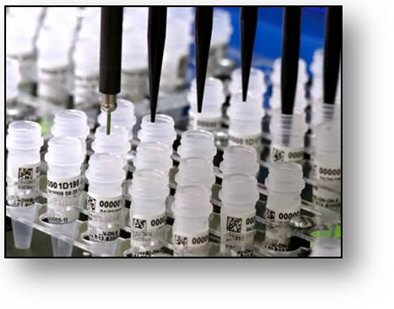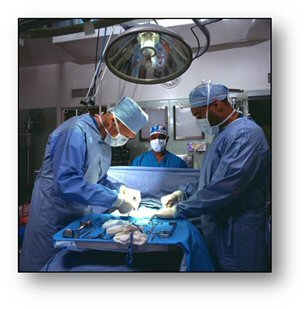
For Researchers - Biospecimens
Blood Collection
After informed consent was completed, and the patient agreed to participate, two blood tubes (one lavender-top and one red-top) were collected by a NCCH phlebotomist at the time of their clinically ordered blood work. Blood was typically collected through venipuncture. If a blood draw was not feasible at the time of the enrollment visit, this was noted in the tracking system and patients were asked to complete a blood draw at a later clinic visit.
Blood Processing and Banking
The HR/CSC staff places the lavender top tube on ice immediately after it is drawn. To maximize the utility of the serum, the HR/CSC staff allows the red top tube to sit at room temperature (RT) for 30 minutes immediately after collection to facilitate coagulation. Following the RT incubation the red top tube is placed directly on ice for transport to the Biospecimens Processing Facility (BSP). Blood tubes are transported to the Biospecimen Processing Facility (BSP) on ice in secure containers within 2 hours of collection. Once the blood samples arrive at BSP, they are logged into the Lab Inventory Management System (LIMS) and processed to serum, plasma and DNA. Serum, plasma and extracted DNA are aliquoted according to standard protocols and stored long term at -80°C.

Blood Collection
To view blood collection status of participants without a portacath (port) in place, click here.
Banked Blood Products
To view the number of participants with banked serum, plasma and DNA from those with blood collected, click here.
NOTE: includes participants without ports.
Blood Process Protocol
Click here for a detailed blood processing, handling and storage protocol. BIOSPECIMENS PROCESS PROTOCOL

Tissue Collection
HR/CSC participants who appear on the operating room (OR) schedule are identified by the Tissue Procurement Facility (TPF) staff. Tumor tissue collected in the OR is first evaluated clinically (for diagnosis), left over tissue (tumor and adjacent normal) is made available to the TPF who processed and archive it for research.
Tumor Tissue Processing and Banking
The TPF process the left over tissue in two ways: 1) snap frozen (liquid nitrogen) and/or 2) formalin fixed-paraffin embedded (FFPE). Snap frozen tissue is suitable for extraction of RNA, DNA and protein, and FFPE specimens are suitable for histochemical techniques. If tissue sample is limited, all is processed as snap frozen.
Tissue Procurement Status
Tissue procurement status is available upon request.
Tissue Process Protocol
Click here for a detailed tissue processing, handling and storage protocol. BIOSPECIMENS PROCESS PROTOCOL





